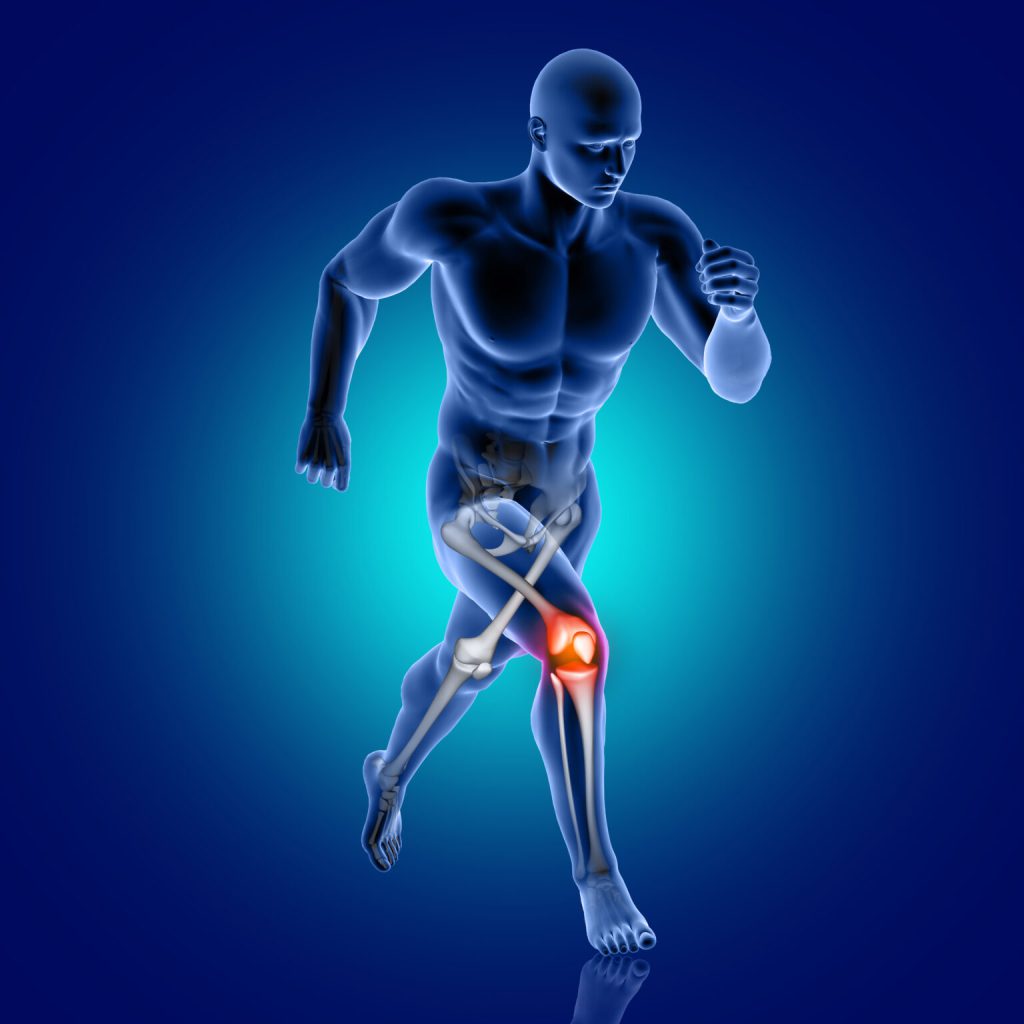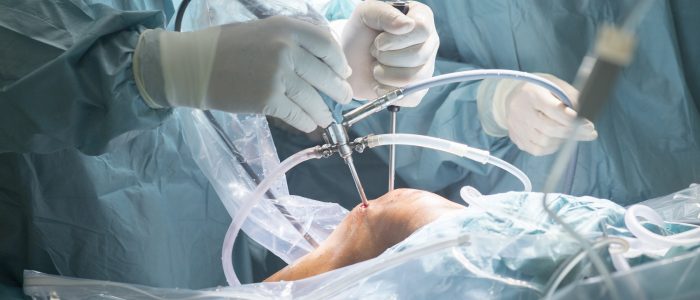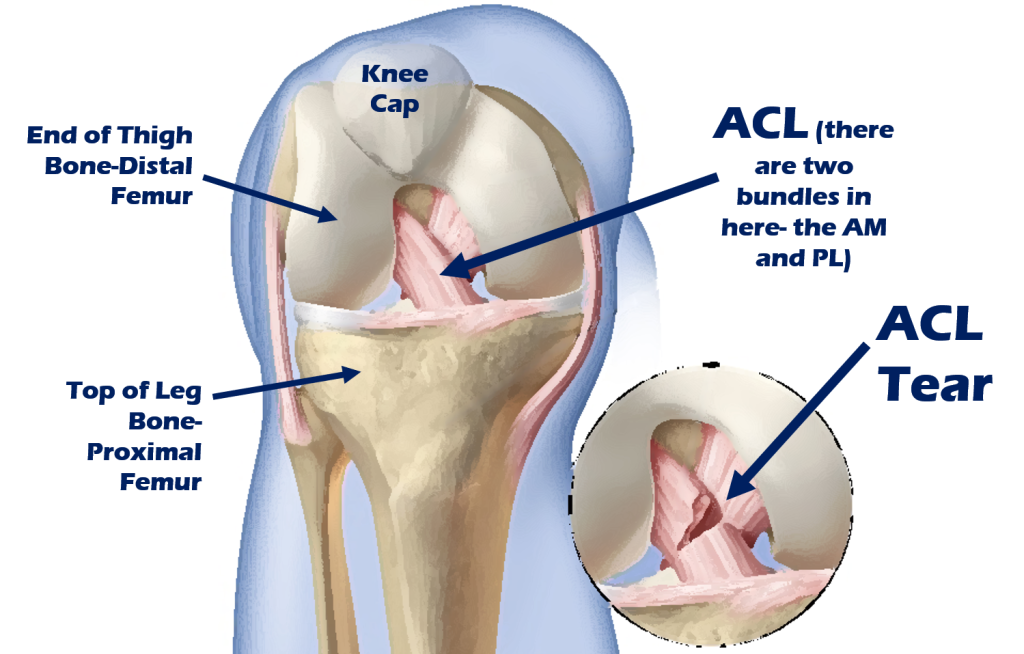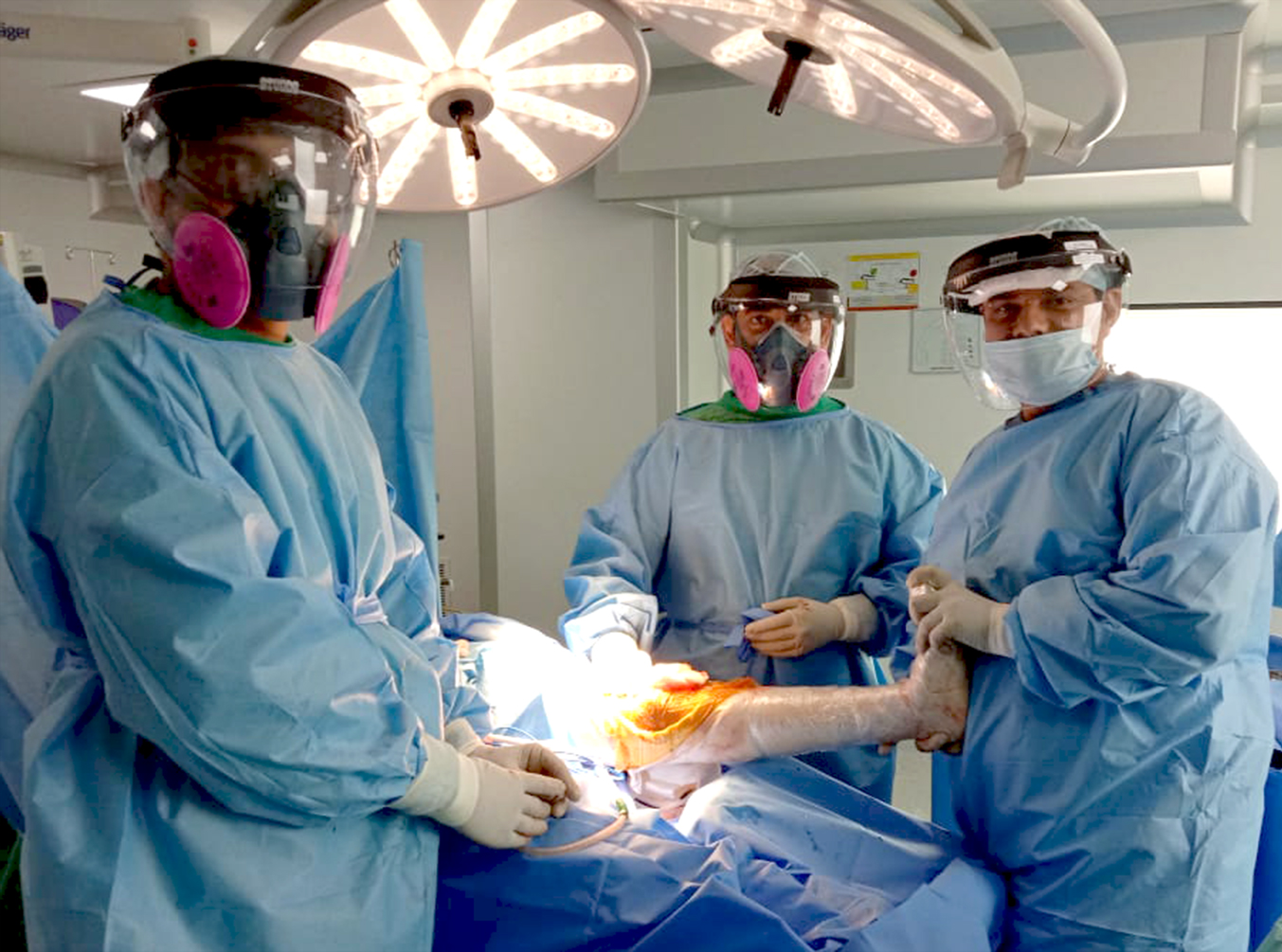In order to minimize swelling and improve the range of motion through adequate exercises, initial treatment is necessary. To remove a fracture, an x-ray is taken and an MRI scan is periodically scheduled to further test the knee joint. The presence of bone bruising on the MRI scan is very normal. Explains Dr. Pranjel Pipara the best ACL Surgeon/Orthopedic Surgeon in Gujarat, India
For patients whose knees give way on repeated occasions, ACL reconstruction surgery is recommended. ACL surgery might not be appropriate if you have built up your thigh muscles and your knee does not give way. In order to maintain the knee for the future, there is a theoretical case for doing an ACL reconstruction. It has been found to have broken cartilage. Want to learn more click here to book a consultation with Dr. Pranjel himself.



